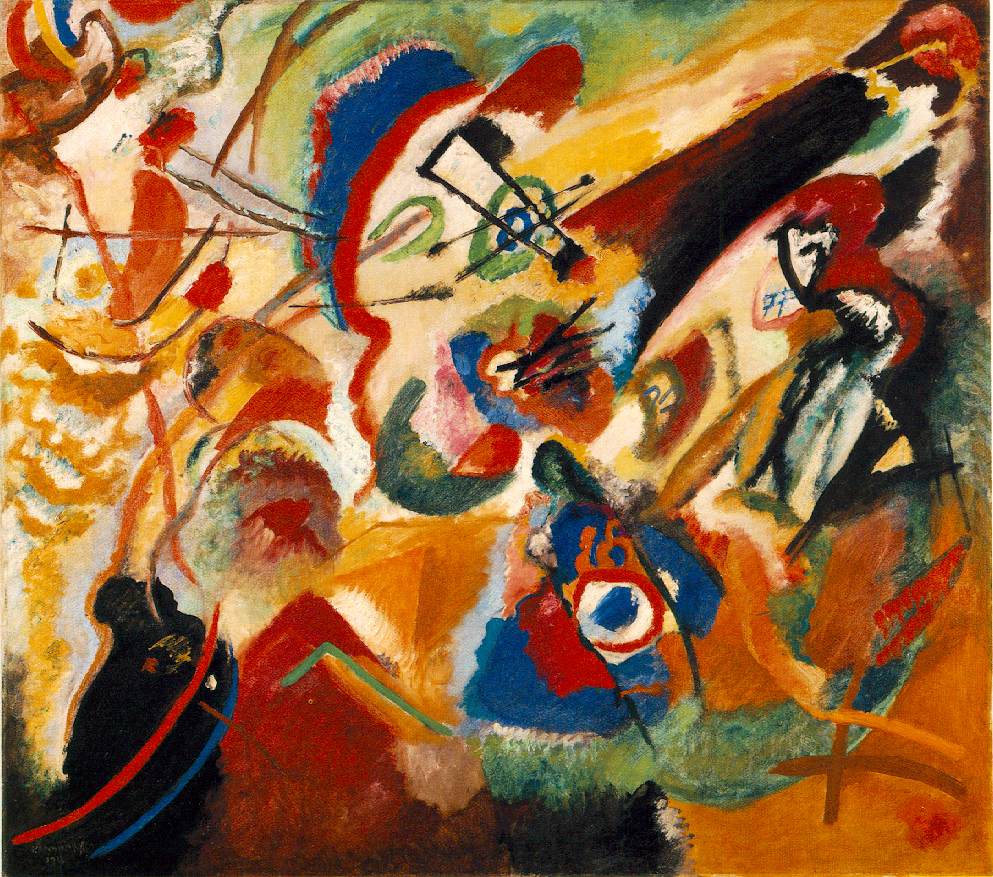Inspired by...music and lights... (Leeds Festival)!!
I have decided that a regular feature of my blog will be lights and music! I love going to see live music and love the lighting at the gigs - these are at Leeds Festival - the lighting on stage (Johnny Marr!) and lighting on mud (there was alot of mud!).
Mud!
This photo above was the reflection of the light from the large video screen outside the NME tent reflecting on the mud/slurry inside the tent!
Can see art & beauty even in the 'squelchiest' of situations!
Wellie -tastic!
Tame Impala
I watched a great Australian pyschedlic band - Tame Impala. They had fractal type of imagery on the large video screens either side of the stage as they played - the imagery pulsted and changed to the music (very pyschedlic) - each photograph seemed like a paitong. It reminded me of brusho inks on water, or swirled into PVA glue. Like the idea of making marks to music - letting the mood impact on the colour, light, textures and lines.
'Tame Impala is more of a 'music ensemble', but its various other forms should not be disregarded (colour that humans can see is only a small part of the electromagnetic spectrum, the rest is just as important to other things!)
Tame Impala make psychedelic hypno-groove melodic rock music. It's intended for moving one's body to, and it's intended for keeping still and observing other forms of movement. It's bombastic but it's swirling, think of the shoulder bones of a giant striding feline creature through some kind of tunnel. If Tame Impala's music reminds you of what you'd want to put on when you next visit your mind's engine room then they're happy. If not, whatever, it's just music. Put it on when the sun next shines. Basically it's all about the feeling'...so now you know! www.tameimpala.com/about
The images below are some of the 'stills' from photographing the moving fractal like imagery.
These remindsme of Kandinsky's paintings. The Russian-born artist Wassily Kandinsky is widely credited with making the world's first truly abstract paintings. He wanted to evoke sound through sight and create the painterly equivalent of a symphony that would stimulate not just the eyes but the ears as well. An exhibition at Tate Modern, Kandinsky: Path to Abstraction, in 2006 showed how not only how he removed all recognisable subjects and objects from Western art around 1911, but how he achieved a new pictorial form of music. Kandinsky's work shows how the artist used his synaesthesia - the capacity to see sound and hear colour - to create the world's first truly abstract paintings.
Kandinsky & Synaesthesia
Kandinsky is believed to have had synaesthesia, a harmless condition that
allows a person to appreciate sounds, colours or words with two or more senses
simultaneously. In his case, colours and painted marks triggered particular
sounds or musical notes and vice versa. The involuntary ability to hear colour,
see music or even taste words results from an accidental cross-wiring in the
brain that is found in one in 2,000 people, and in many more women than
men.
Synaesthesia is a blend of the Greek words for together (syn) and sensation
(aesthesis). The earliest recorded case comes from the Oxford academic and
philosopher John Locke in 1690, who was bemused by "a studious blind man"
claiming to experience the colour scarlet when he heard the sound of a
trumpet.
The idea that music is linked to visual art goes back to ancient Greece, when
Plato first talked of tone and harmony in relation to art. The spectrum of
colours, like the language of musical notation, has long been arranged in
stepped scales, so it is still unclear whether or not Beethoven, who called B
minor the black key and D major the orange key, or Schubert, who saw E minor as
"a maiden robed in white with a rose-red bow on her chest", were real
synaesthetes.
http://www.telegraph.co.uk/culture/art/3653012/The-man-who-heard-his-paintbox-hiss.html

http://www.telegraph.co.uk/culture/art/3653012/The-man-who-heard-his-paintbox-hiss.html













No comments:
Post a Comment